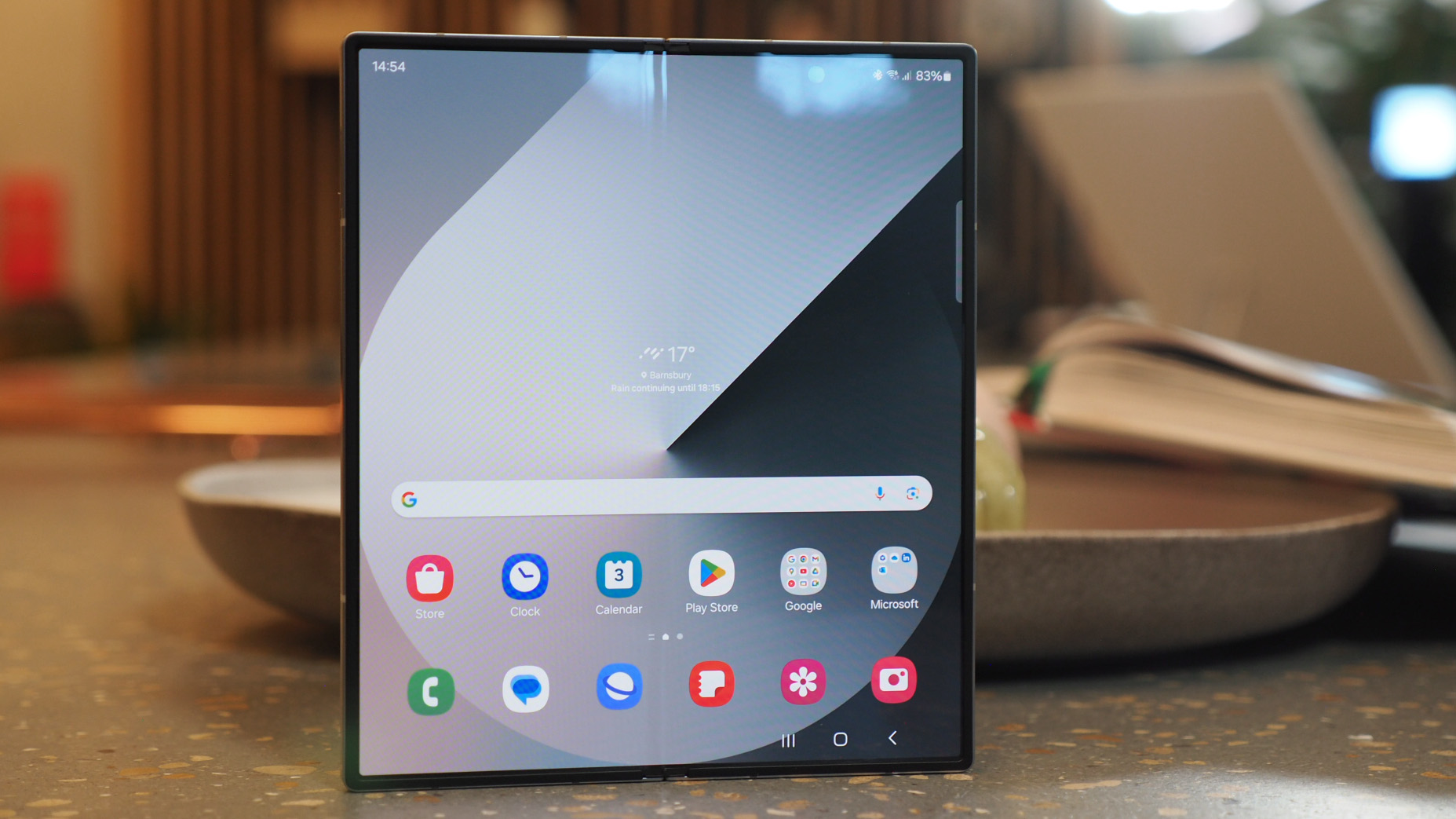
I've been testing the best folding phones for years – and Samsung's Galaxy Z Fold is always high up the most-wanted list. However, I can barely count the number of times I've heard people say they find its scale too tall and narrow. So it goes to reason that for the Galaxy Z Fold 6, Samsung has made one major change – and redesigned the foldable.
While it's this one feature – making the Z Fold 6 wider and less tall for both its cover display and internal folding display – that will help redefine the Z Fold 6 as a major contender in the foldables market, there are other benefits the new devices brings to the table too (which I've also highlighted in my Z Fold 6 versus Z Fold 5 comparison feature).
Ahead of Samsung's summer Galaxy Unpacked event – which I've been live-blogging from the event in Paris, France – I was able to preview the Galaxy Z Fold 6 to get a taste of what this folding phone is all about. Below I highlight the main feature upgrades that foldable fans will love, while discussing the misses I think Samsung hasn't capitalised on in my early verdict ahead of the device's 24 July on-sale date.
1. New aspect ratio
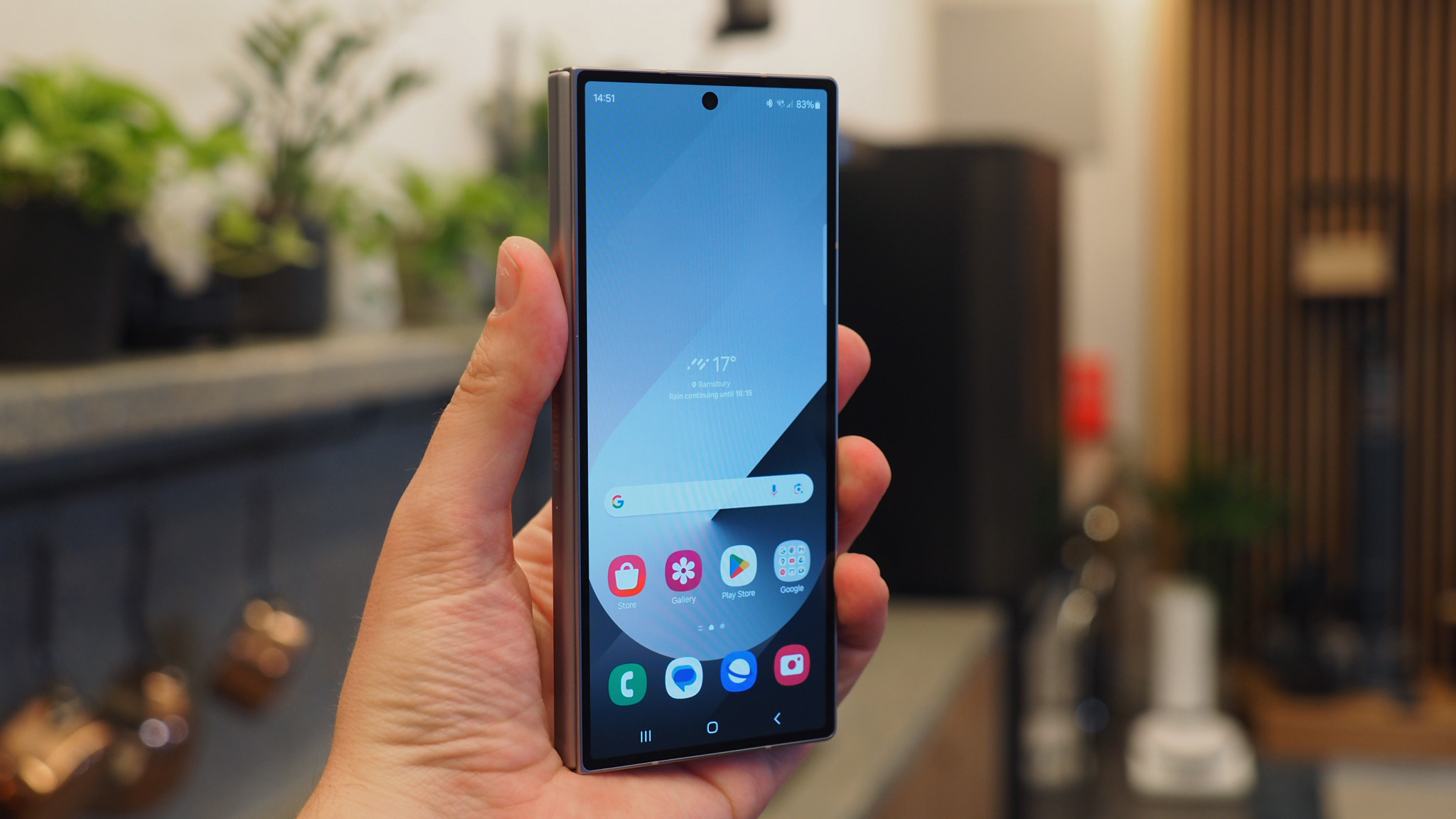
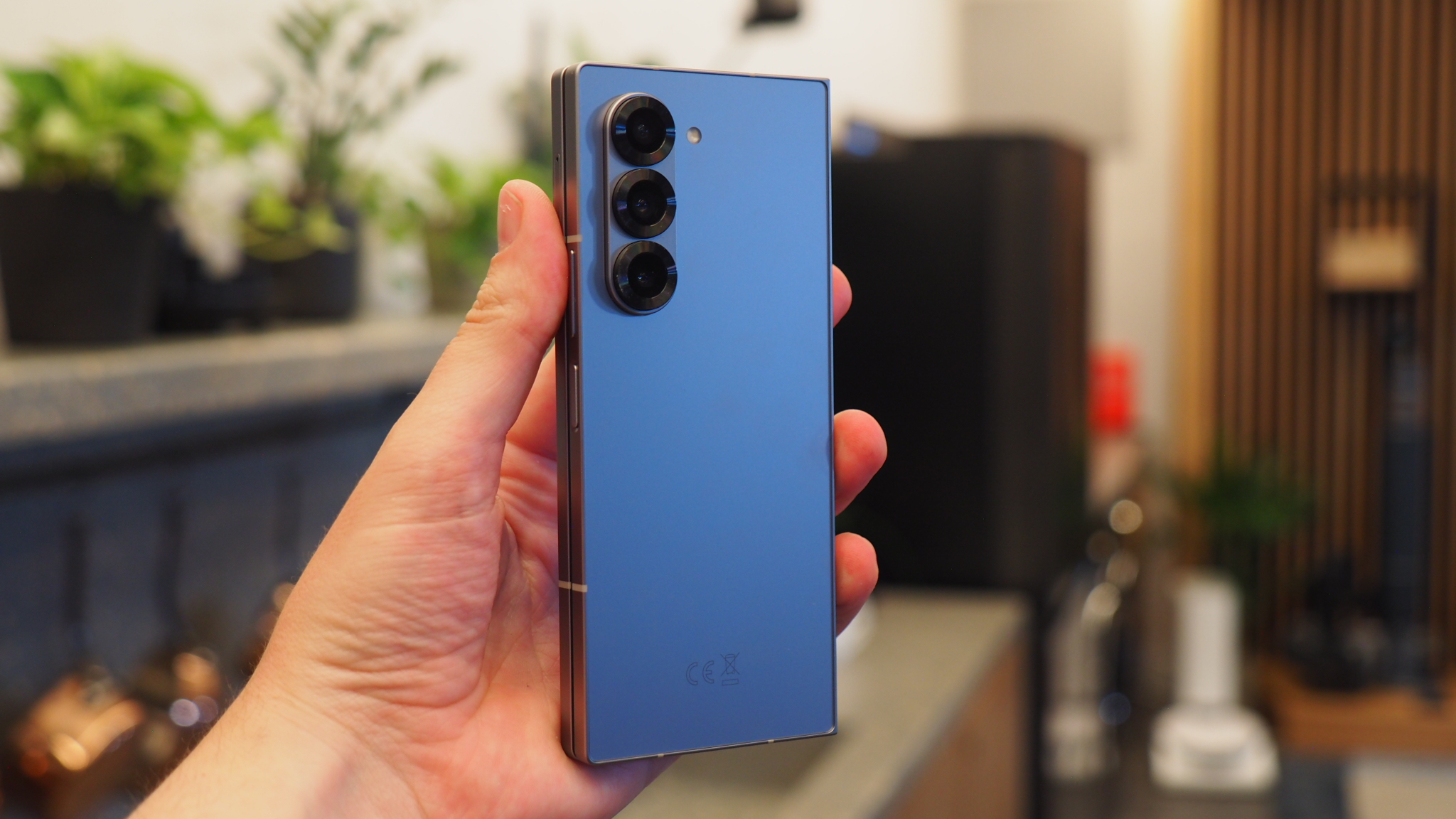

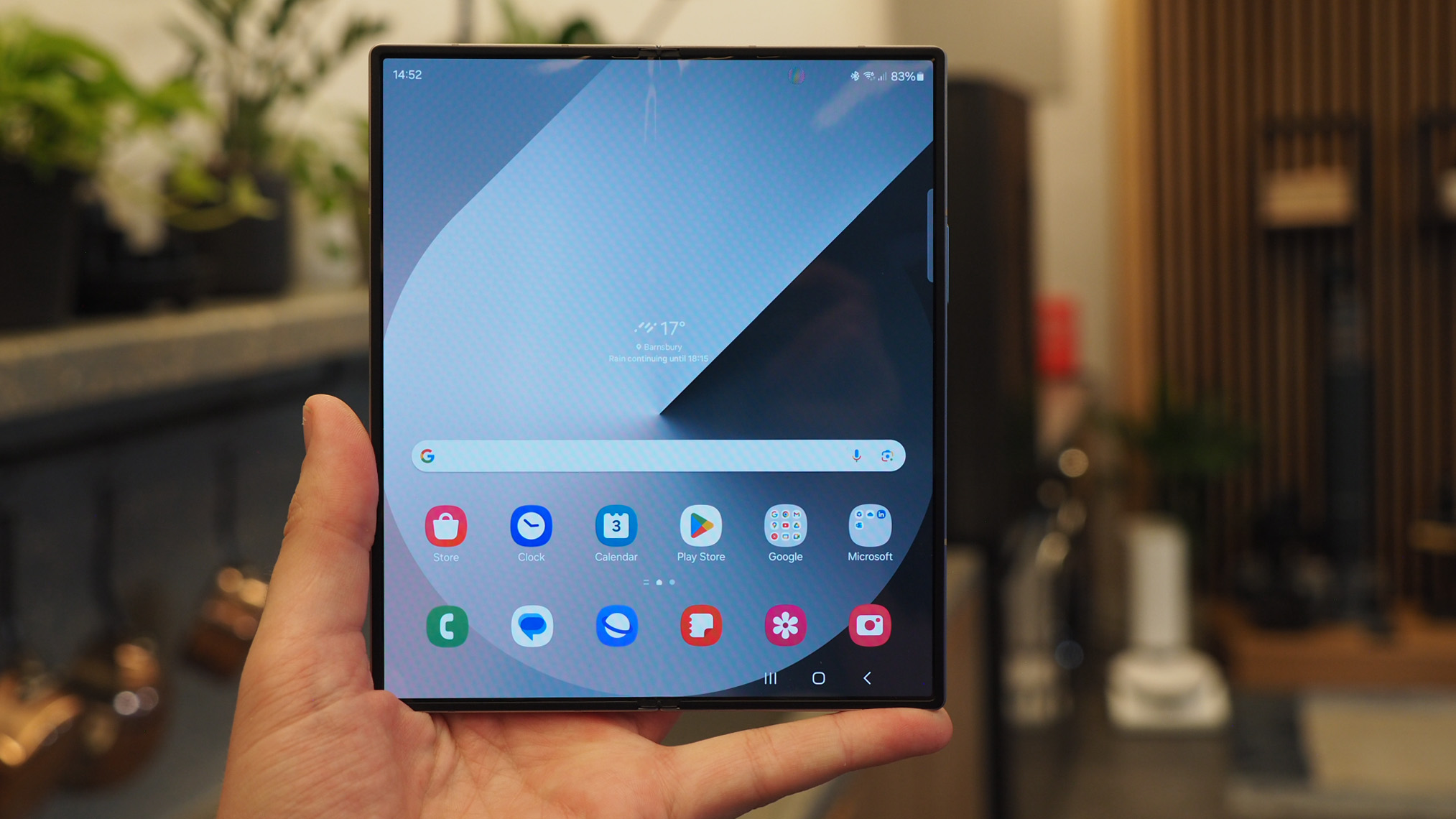
A much-requested feature, no doubt, that Samsung has actioned: the Galaxy Z Flip 6 has a wider and shorter footprint. But, before we get ahead of ourselves, I must say that it's only marginally different.
The cover display is now a 22.1:9 aspect ratio, while the internal display is a 20.9:18 aspect. That's been achieved by reducing 1.4mm of height from both displays, while expanding the cover display's width by 1mm wider and the internal folding display by 2.7mm.
I suspect some people will want Samsung to go even further in echoing a cover display that's closer to the 19.5:9 standard that many of the best phones opt for. Even Sony has started to do away with its 21:9 longstanding 'cinematic' screen ratio in the Xperia 1 VI – and this Samsung foldable remains plenty longer than even that.
Still, I think it's a step in the right direction. Personally I don't want a folding phone that has a 'normal' cover display scale, otherwise I'd just go and buy a 'normal' flagship instead really. I see the Z Fold 6's cover display as a go-to window that can be expanded upon when unfolding the device, so the different-to-typical ratio does makes sense to me.
2. Thinner design, lower weight
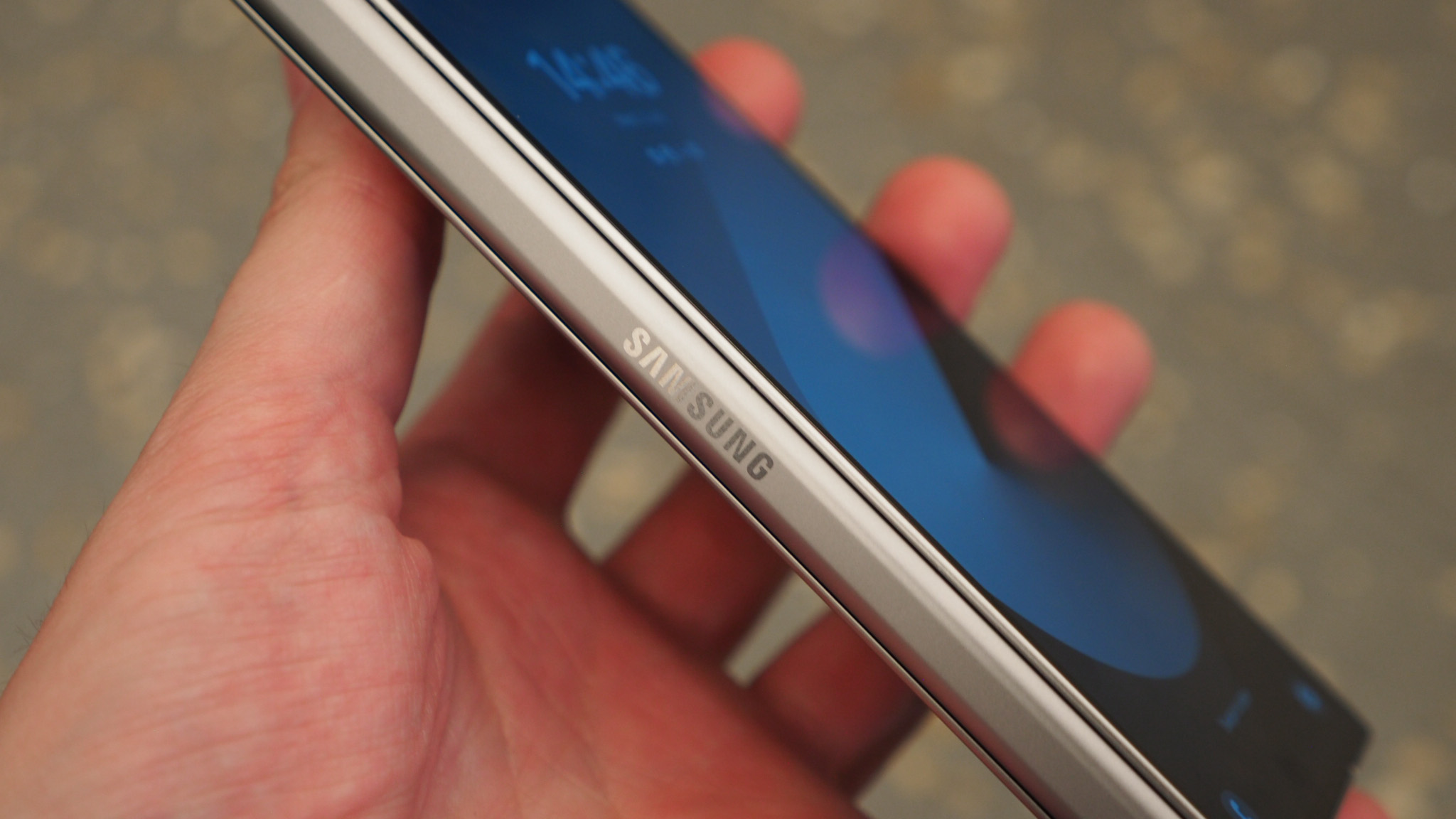
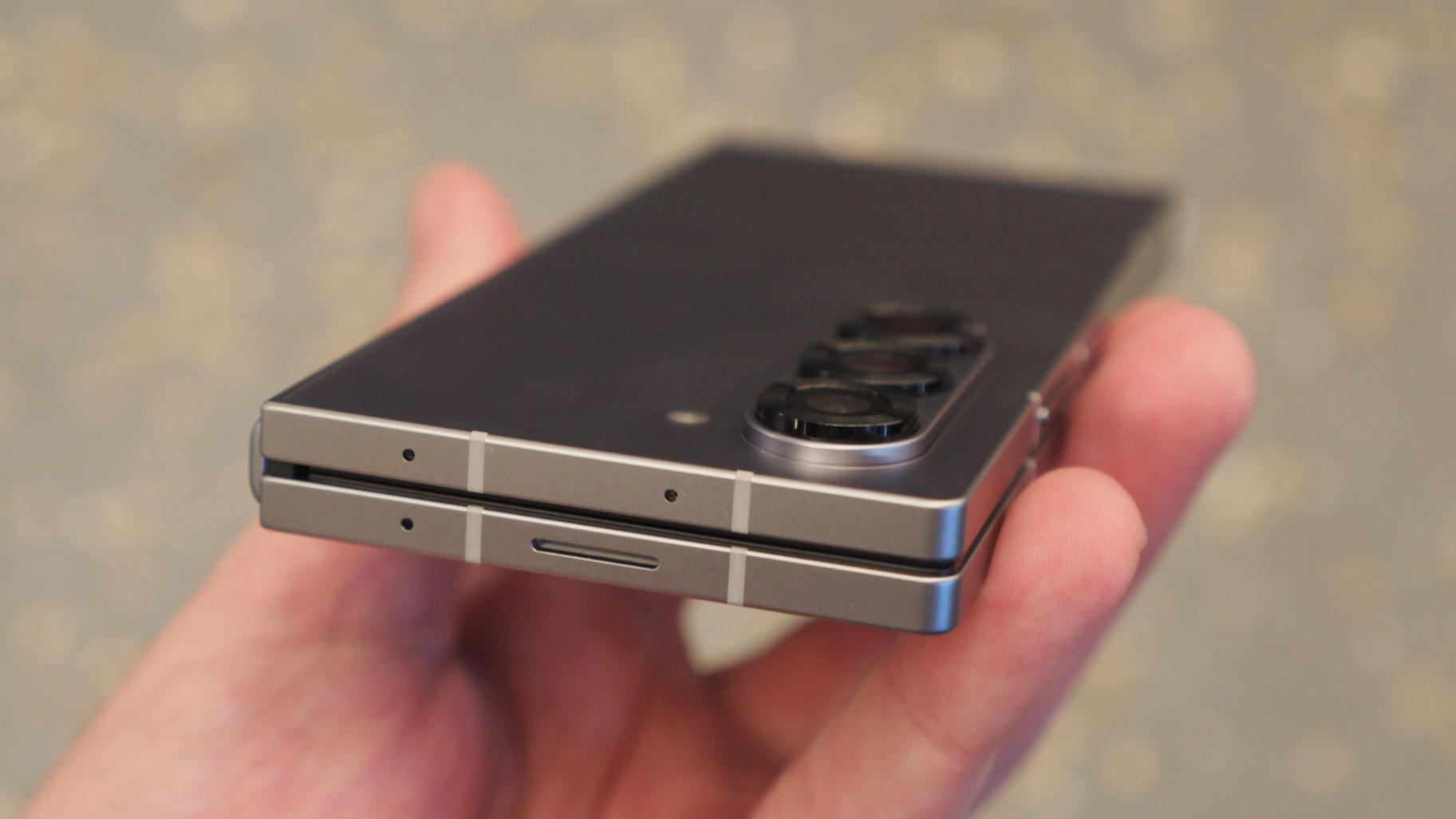
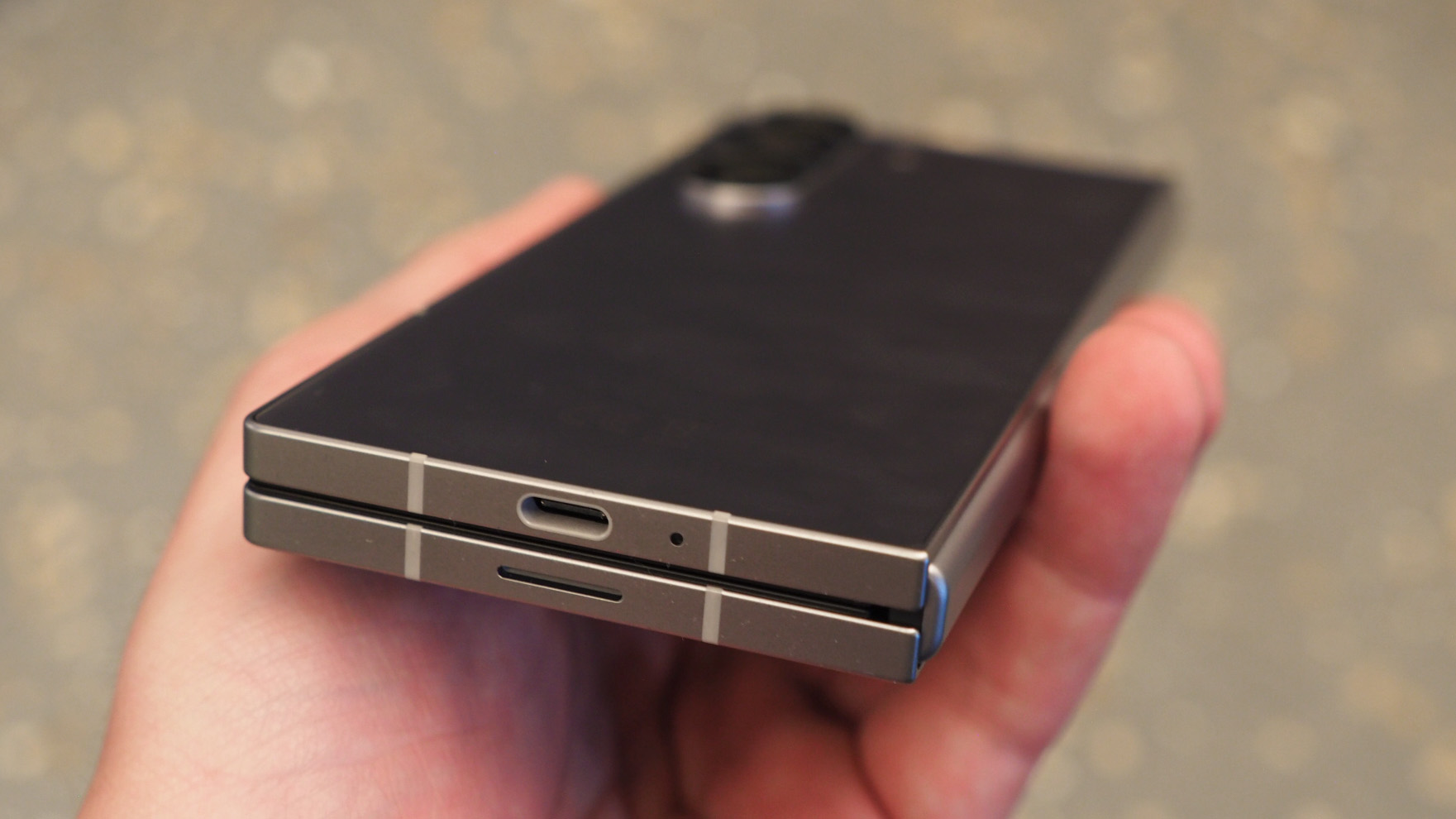
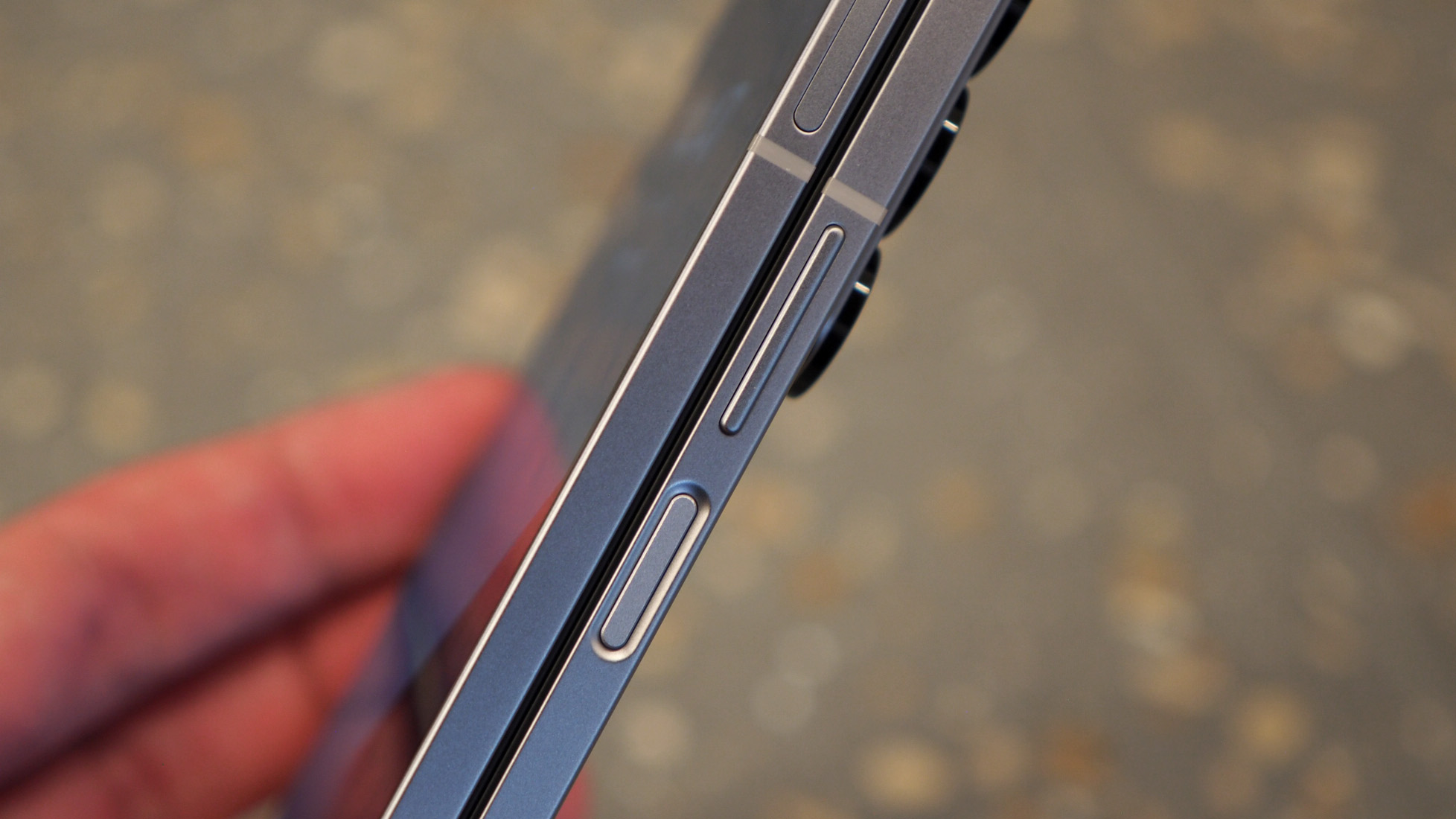
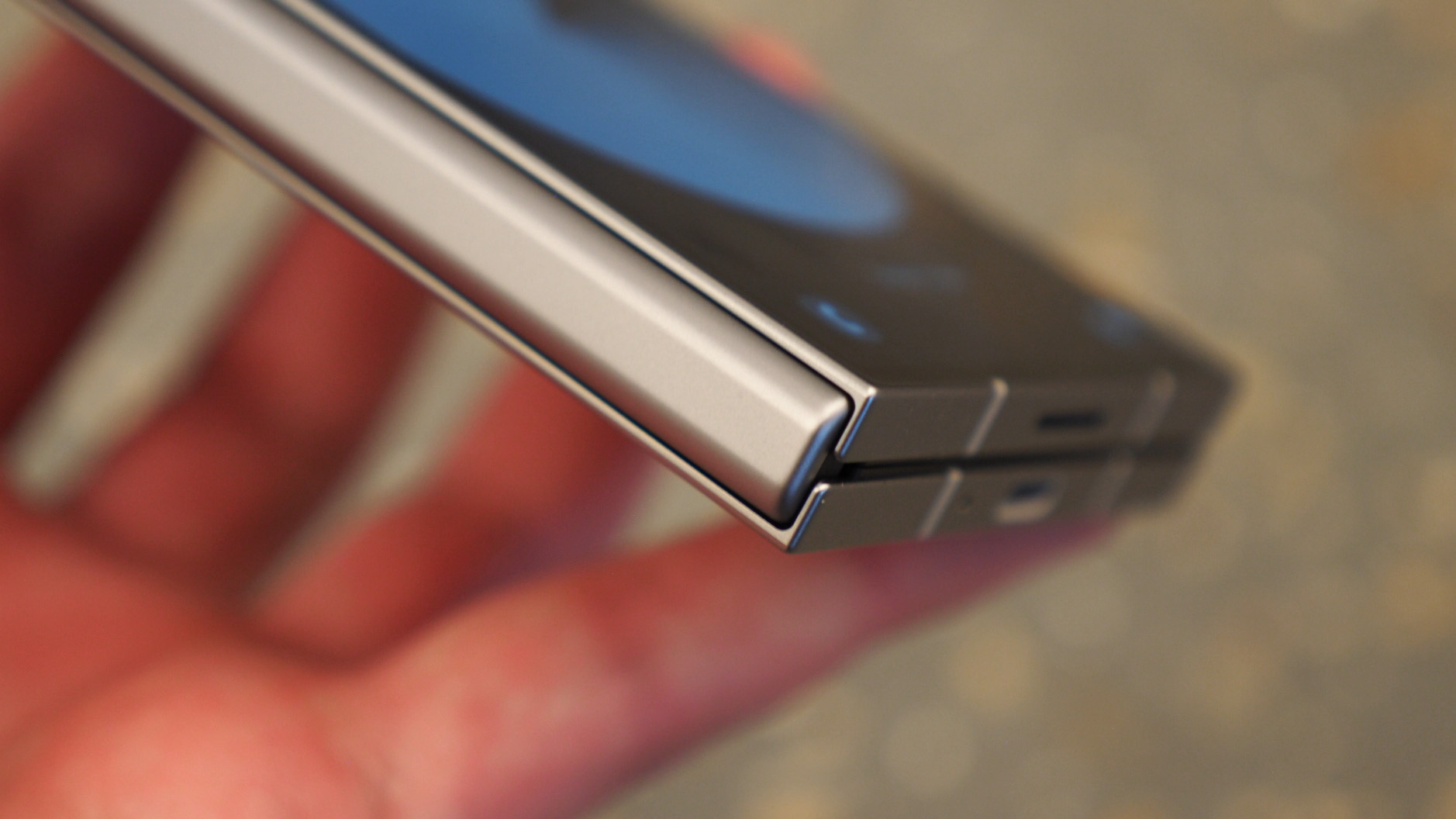
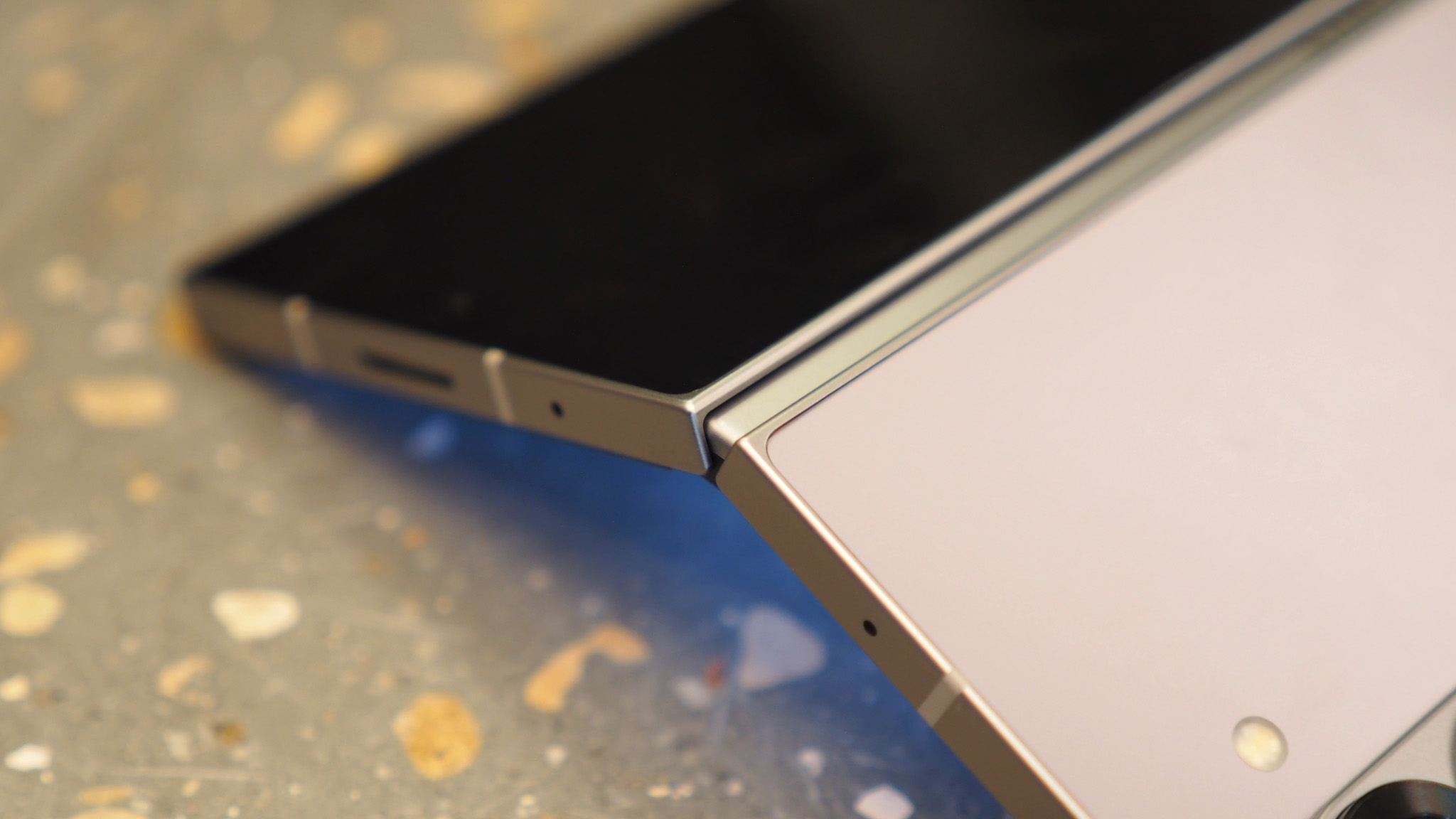
It's not only the height and width that have changed, though, Samsung has also managed to shave a little off the depth of the Z Fold 6 – making for an even skinnier device (it's 5.6mm now, down from 6.4mm of the Z Fold 5). With competitors such as the Honor Magic V2 going big on selling their slender styles, that's another big step forward for Samsung.
For context: the Galaxy Z Fold 6 weighs 239g and the Galaxy S24 Ultra flagship is only 6g more than that! That's so negligible that the folding device makes a strong case for itself that having a massive unfolding display in your pocket needn't add the compromise of a weight burden.
3. Improved cooling system
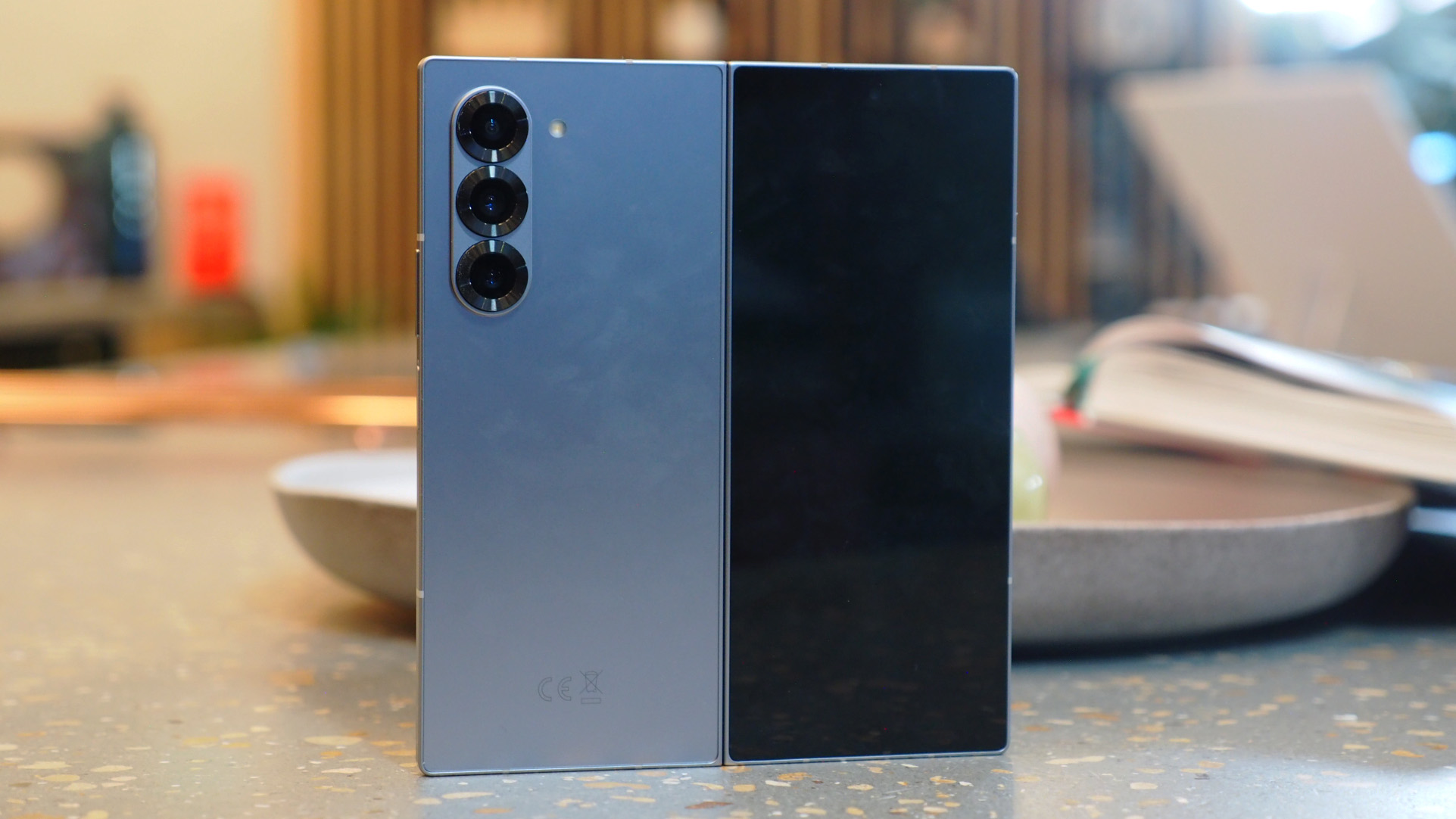

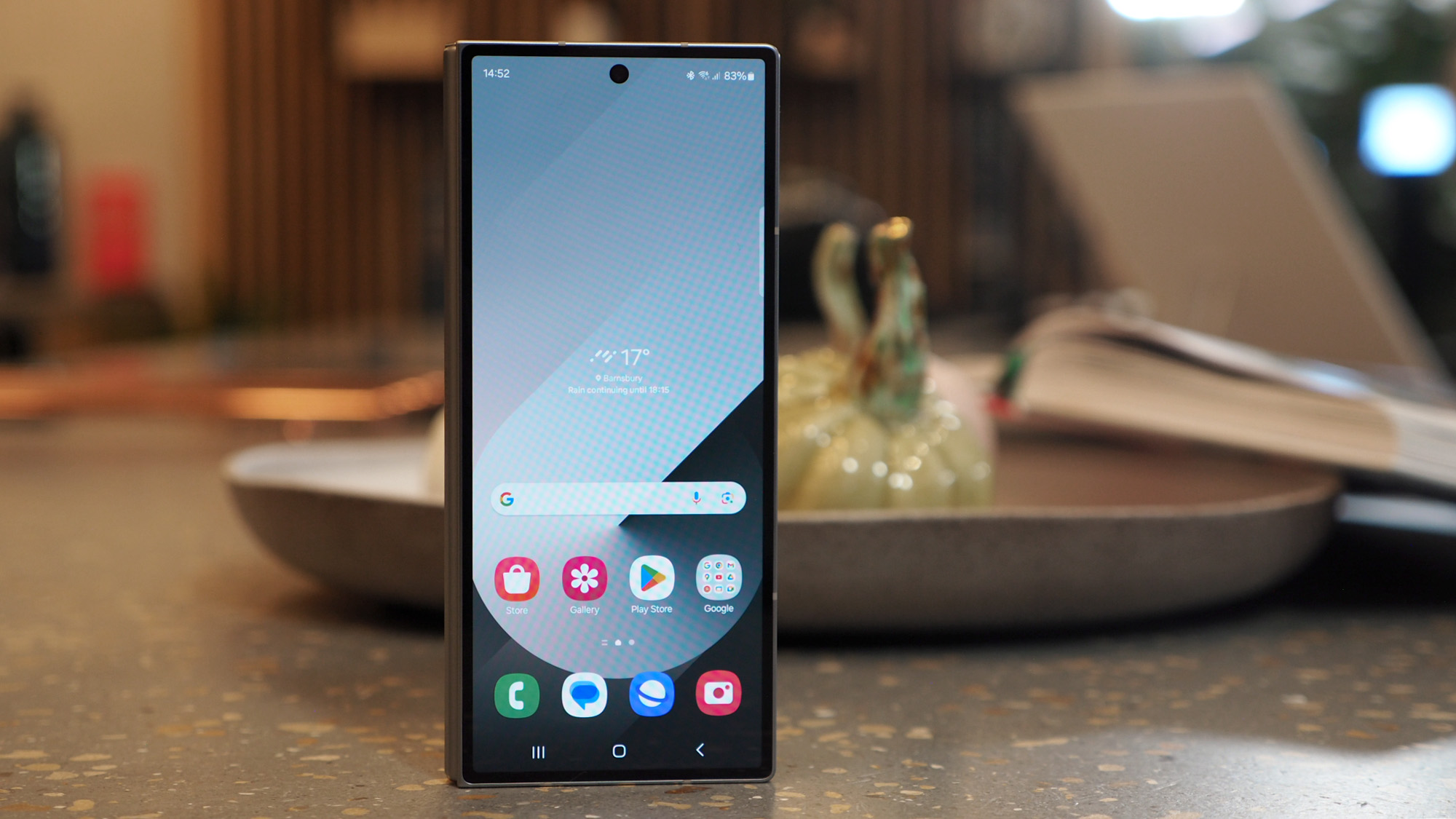
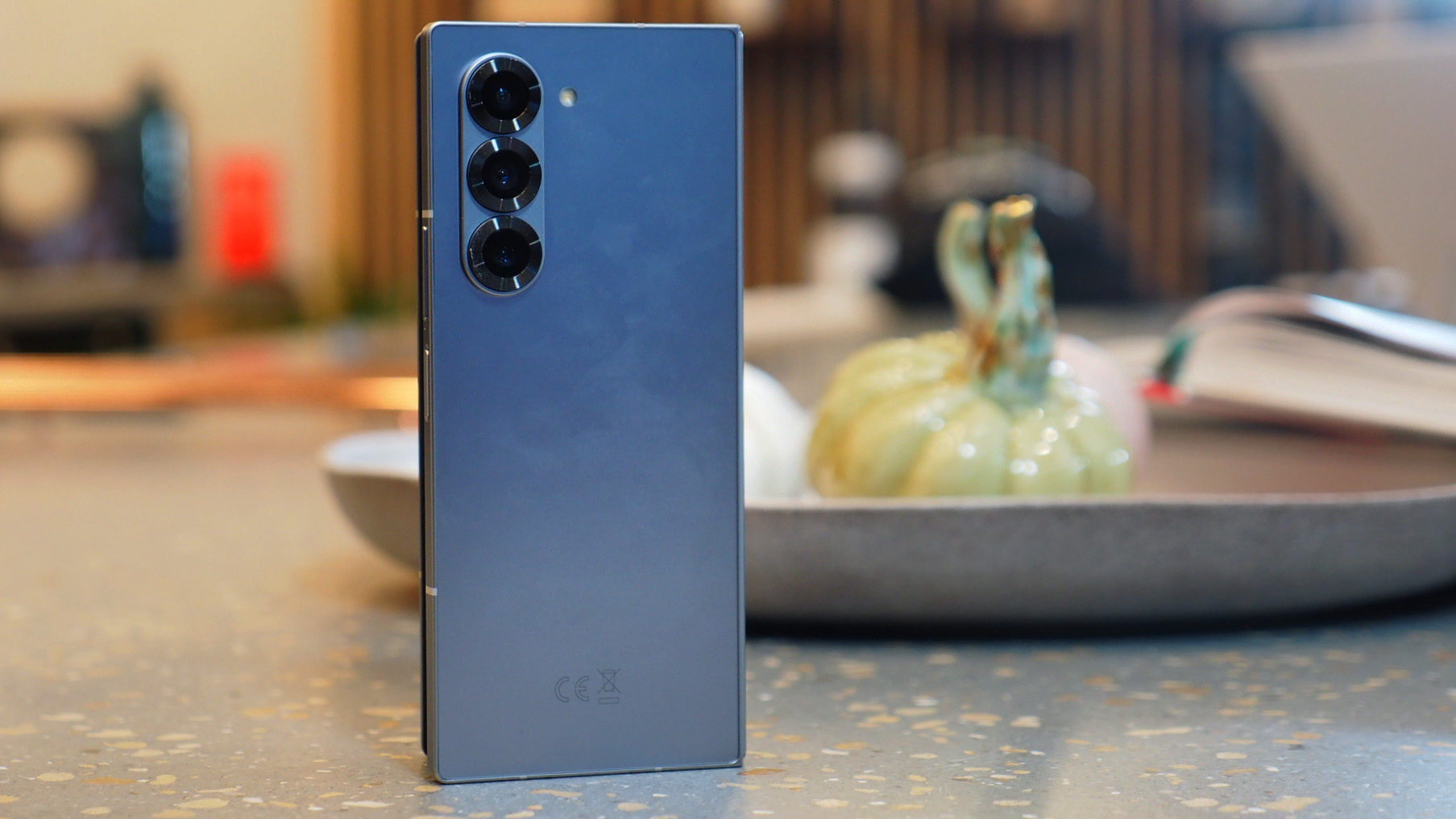
Samsung has redesigned the Galaxy Z Fold 6 in terms of physical scale for those new displays, but that has also enabled additional tweaks to be made – just ones that you can't see by eye!
Inside there's a vapour chamber for cooling that's 1.6x larger than the outgoing model's one, which paired with the latest Qualcomm Snapdragon 8 Gen 3 processor 'made for Samsung' ought to mean even better thermal management.
Battery life is always a pain point – it's long been reported as the number one stress for phone users – and because the Z Fold 6 maintains the same 4,400mAh battery capacity (albeit distributed differently, given the redesign), pursuing other ways of achieving greater longevity is always a positive in my book.
4. But no camera upgrades

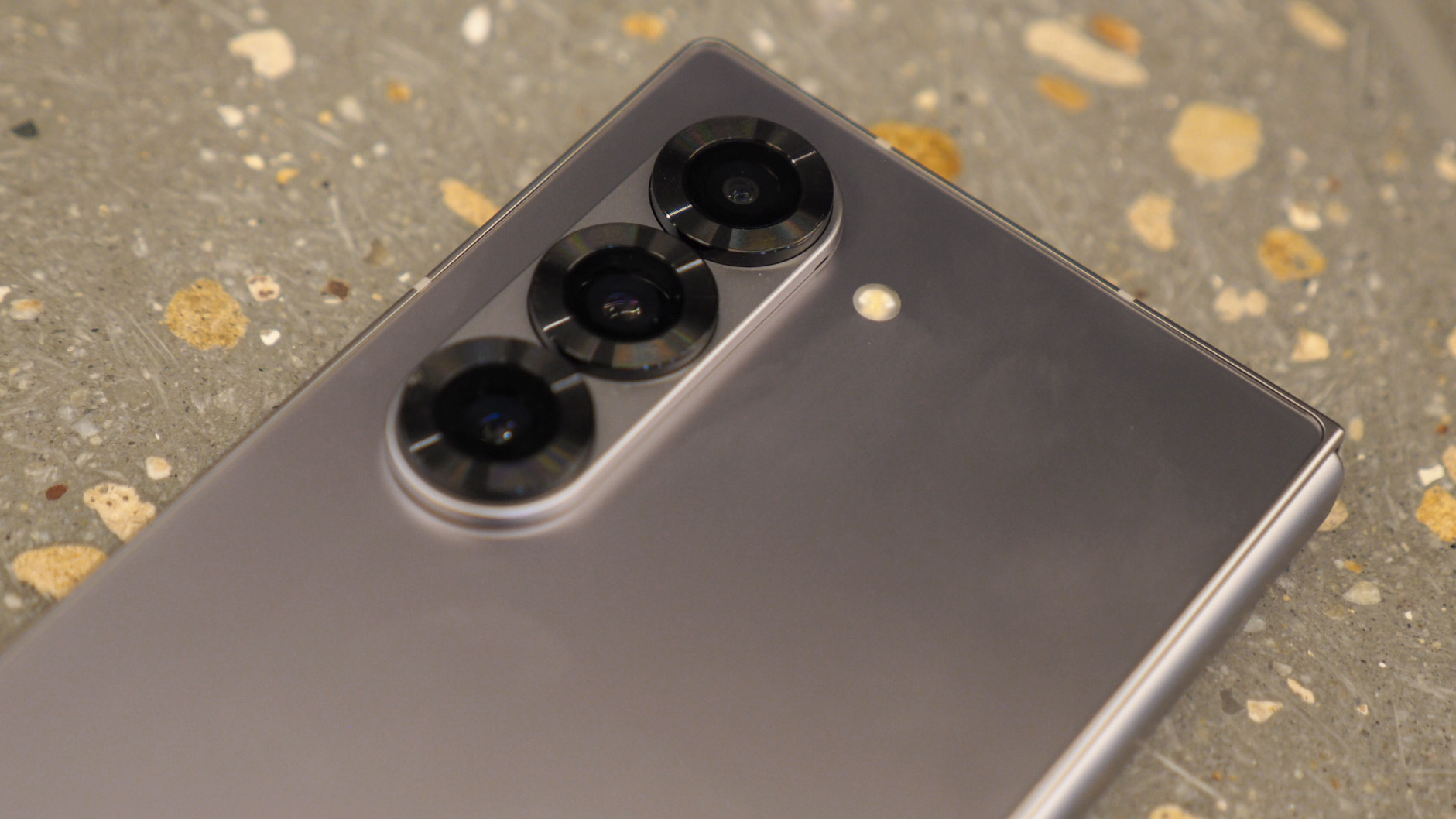
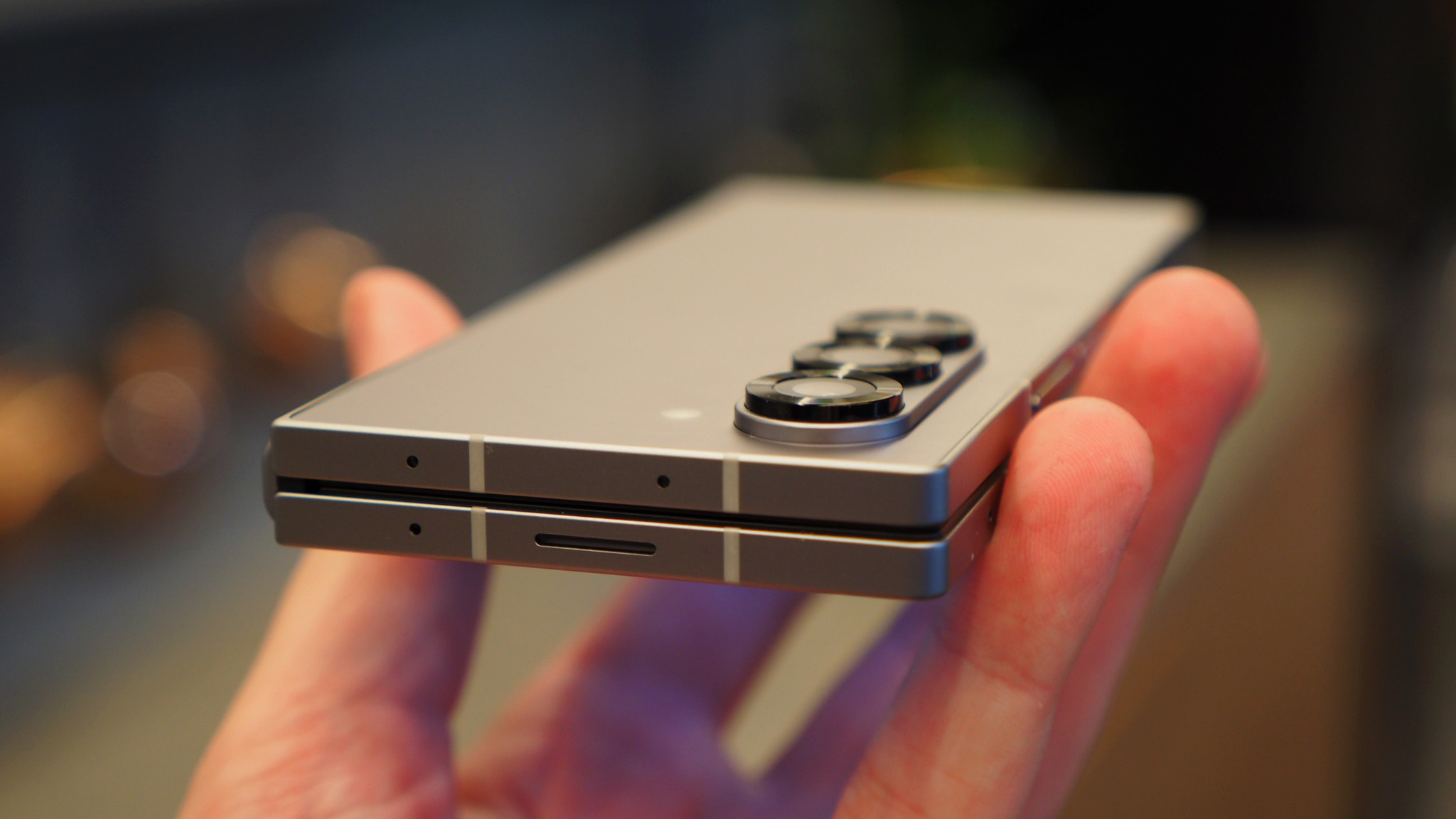
While the Galaxy Z Fold 6 is now a new size and weight to its advantage, not everything gets an upgrade. The cameras, in particular, are a carbon copy of those in the previous device – and while they're still very good, they could have benefitted from an upgrade.
To summarise: the Z Fold 6 features a 50-megapixel main camera, a 10MP 3x optical zoom, and a 12MP ultra-wide optic too. A decent variety that didn't need changing in terms of what's possible, but the telephoto would have benefitted from a sensor change and resolution upgrade. Can't have it all though, eh?
5. Early verdict
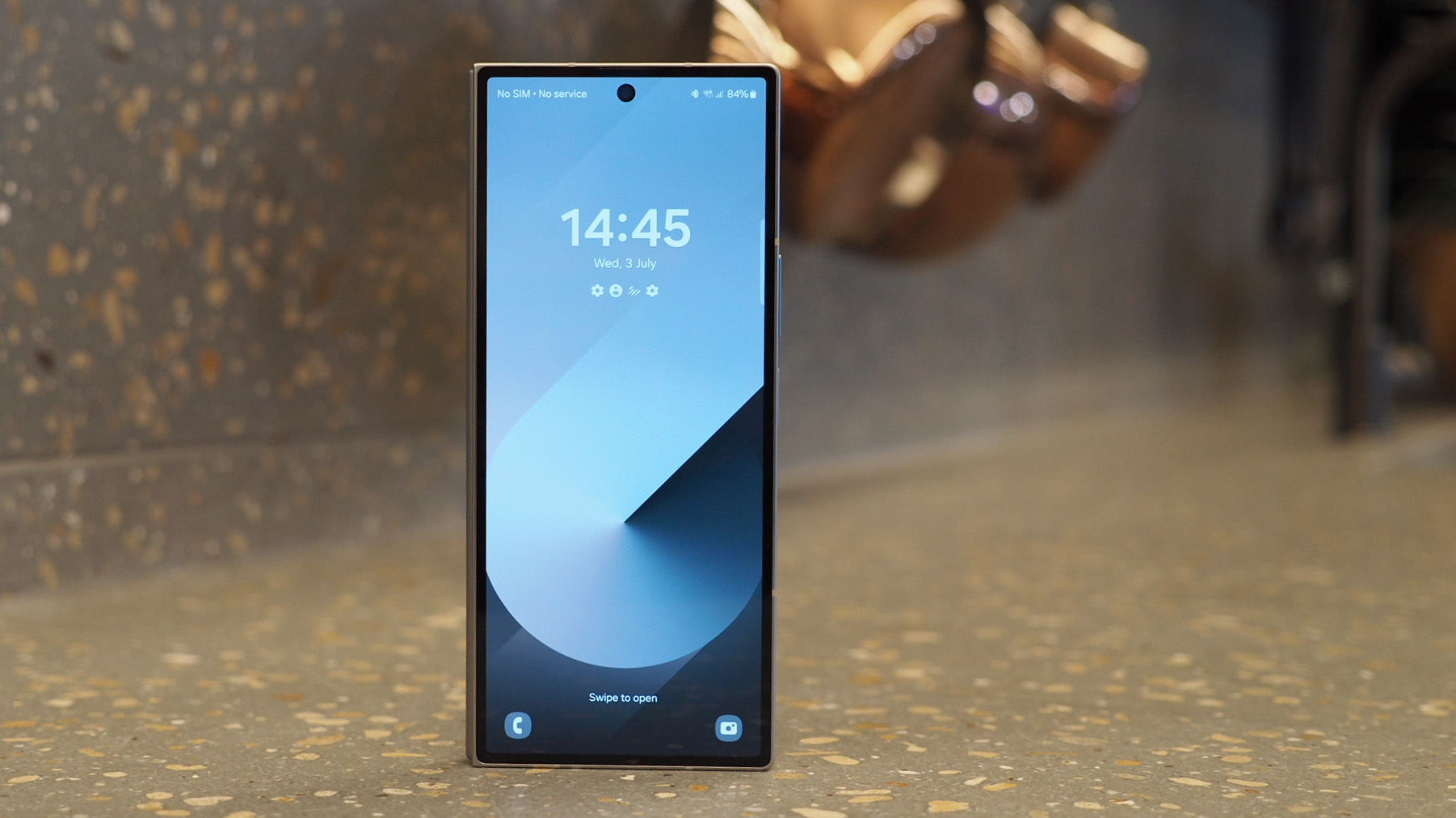
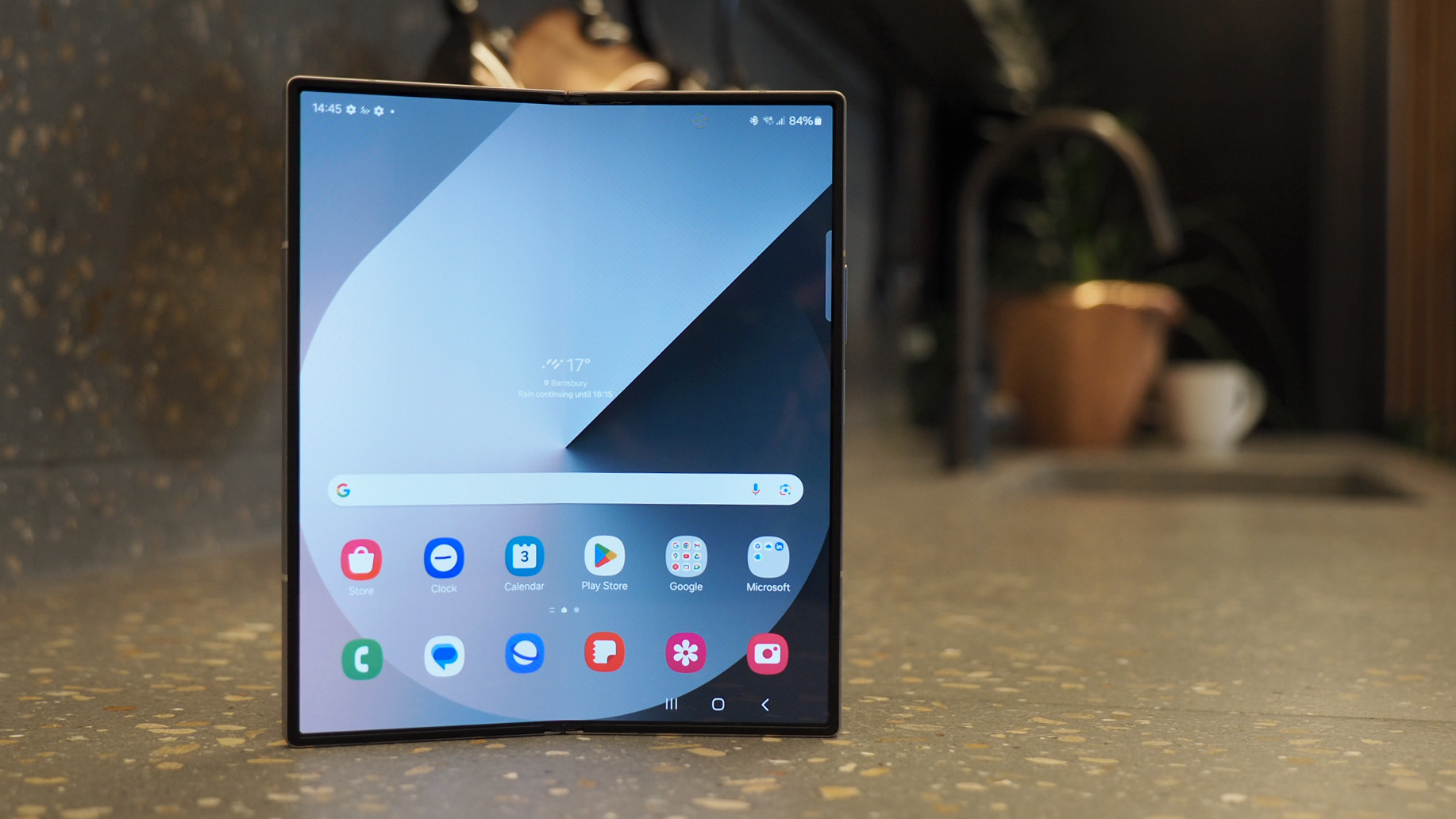
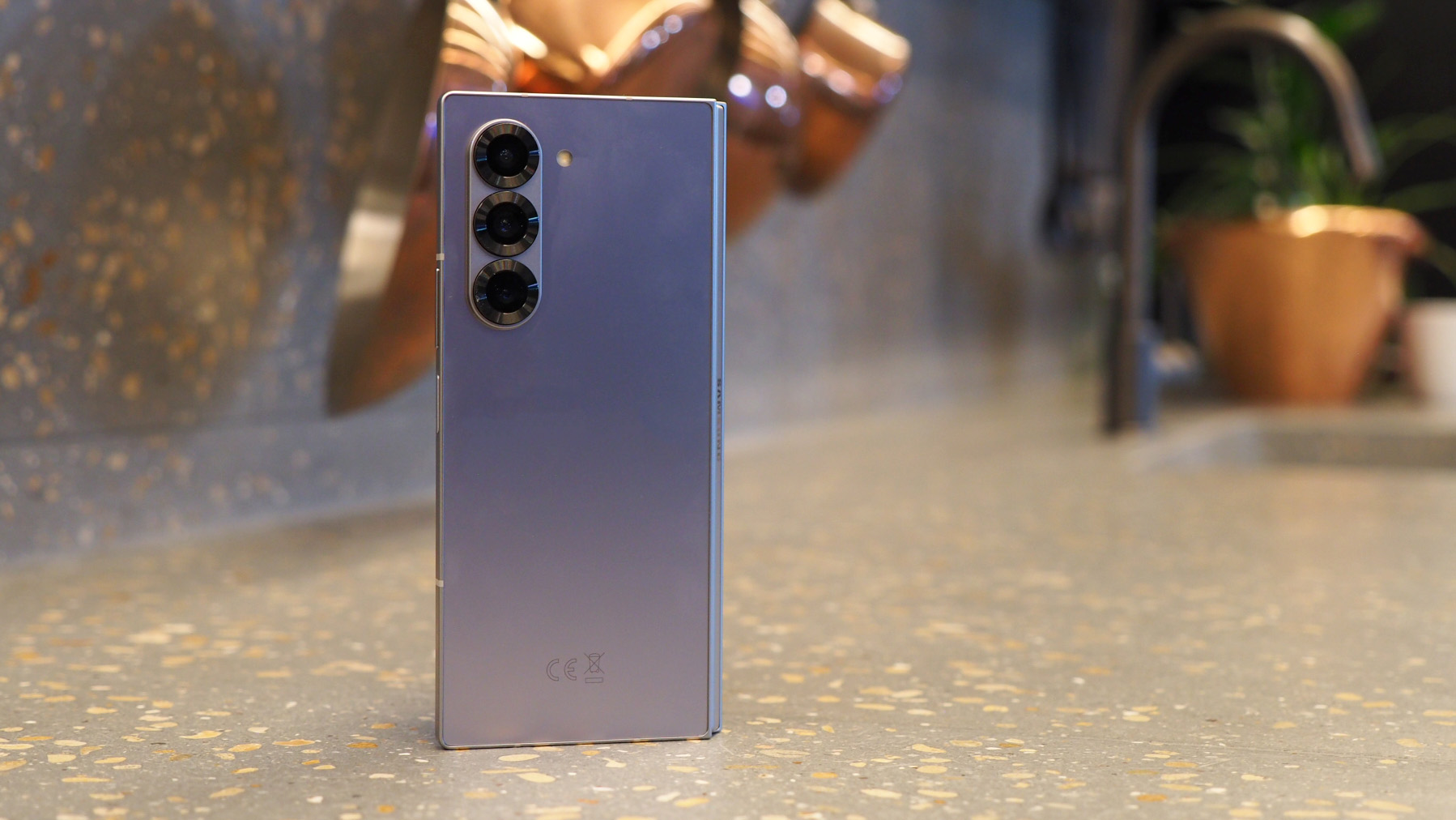
With a £1,799 asking price on its day-one 24 July launch (for the 256GB model, it only increases thereafter), there's no getting around the fact that folding phones remain pricey commodities. The Samsung Galaxy Z Fold 6 is among the best I've ever seen, though, so does qualify for its admittedly high asking price.
The nip and tuck design changes are most welcome this year, and while I suspect people will still be pining for an even more classic flagship phone shape for its cover display, I can see Samsung's position in delivering a foldable that captures a different experience to the norm. It stands out from its competition for that very reason.
Add in Samsung's Galaxy AI artificial intelligence features – from live transcription to live translation (audio included), and various photo features – and the whole user experience is also second to none here. Sure, generation to generation the Z Fold 6 is more marginal upgrade than major overhaul – but it's still one of the most striking foldable phones available. A tempting proposition indeed.







